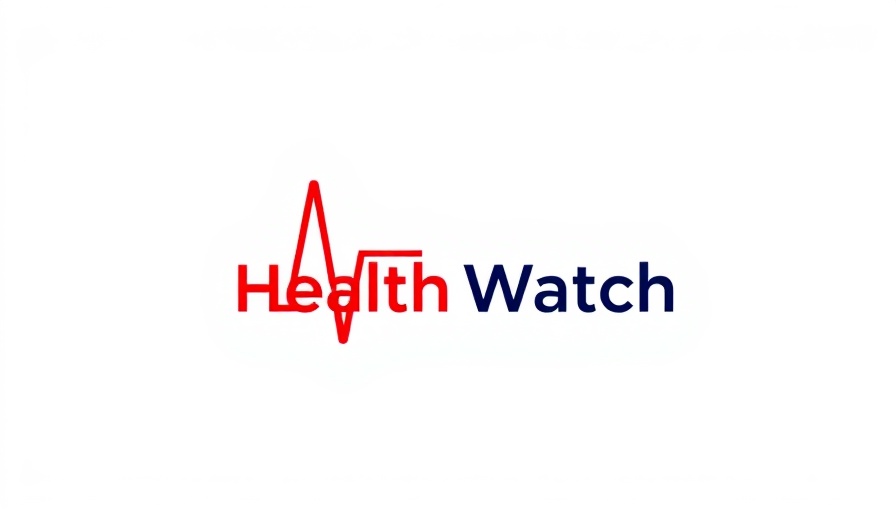
Understanding the Impact of Tariff Reductions on the Optical Industry
The recent agreement between the United States and China to reduce tariffs and enter a 90-day pause serves as a significant pivot point for various sectors, notably the optical industry. Industry professionals are watching closely, aware that any tariff reductions could alleviate some of the financial pressures they have endured since the onset of trade conflicts.
The Context of Tariff Elimination and Its Relevance
Tariffs, which are taxes imposed on imported goods, have dramatically influenced the cost structure for businesses that rely on manufacturing in China. For the optical sector, a significant portion of eyewear frames and lenses comes from Chinese manufacturers. As tariffs previously soared, many companies faced increased costs that were often passed down to consumers, resulting in rising prices for eyewear. The potential for relief now looms with the 90-day pause, suggesting a more favorable environment for businesses.
What This Means for Consumers
Consumers stand to benefit greatly from these developments, as lowered tariffs could lead to reduced prices on optical products. For example, when taxes are lifted, manufacturers often adjust their pricing, which is essential for many families whose budgets have tightened due to inflation and economic uncertainties. As consumers keep an eye on their expenditures, the hope is that more affordable eyewear options will emerge in the coming months.
Parallel Examples from Other Industries
To better understand this phenomenon, we can look to the apparel industry, which also faced steep tariffs in 2018. Once these tariffs were temporarily lifted, stores like Target and Walmart saw an increase in sales, as lower costs on imported clothing led to decreased prices for consumers. This mirrors what could happen in the optical sector, as businesses seek to capture consumer interest during this pause in tariffs.
Future Predictions and Opportunities for the Industry
Eyes are sharp on how this pause may alter production approaches in the optical industry. If the tariffs remain in place beyond the 90-day period, companies might accelerate trends such as local production or investing in diversified supply chains to reduce reliance on foreign manufacturing. Conversely, if the tariffs are permanently lifted, the entire industry may celebrate a renaissance of innovation and affordability.
Diverse Perspectives on Trade Agreements
While the agreement has prompted optimism in the optical sector, it’s important to consider differing views on the impacts of such tariffs. Some argue that reduced tariffs could lead to intensified competition from abroad, potentially squeezing smaller businesses that can't benefit from economies of scale. Thus, while larger firms may thrive, the overall health of the optical industry could see mixed outcomes dependent on company size.
Emotional and Human Interest Angles
For many, eyewear is not just a functional item, but a part of personal identity and style. The story of Tarina, a high school teacher who relies on her glasses not only to teach but to express her individuality, resonates widely. Tarina represents countless consumers who eagerly anticipate the potential changes—a hope that affordable eyewear can match personal aesthetics.
Actionable Insights for Industry Stakeholders
Businesses in the optical industry must engage in proactive strategic planning. Companies can explore opportunities for collaboration with suppliers and adjust marketing strategies to highlight the value of quality eyewear at competitive prices. Moreover, listening to consumer feedback during this transition can provide crucial insights into market demand.
Conclusion: Moving Forward in Uncertain Times
The agreement between the U.S. and China marks a critical juncture for the optical industry, offering various potential benefits for consumers and businesses alike. As tariffs transform from a conflict point to a negotiating table, the optics market may very well reshape itself, trading in anxiety for innovation and affordable options. Stay engaged with developments, as they will continue to carve out the future of eyewear accessibility.
 Add Row
Add Row  Add
Add 




Write A Comment